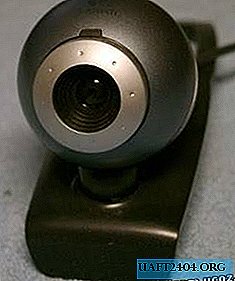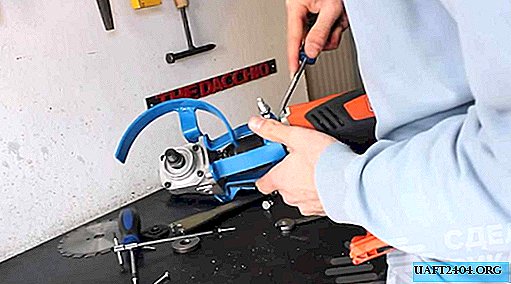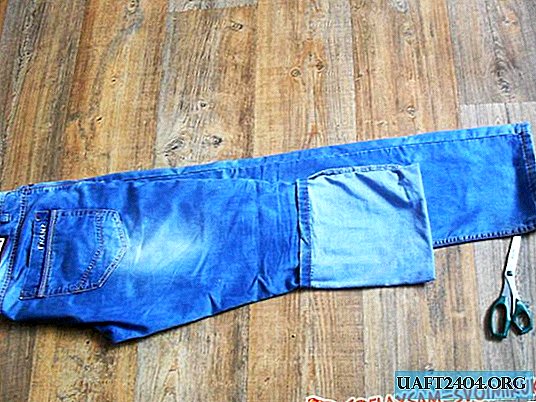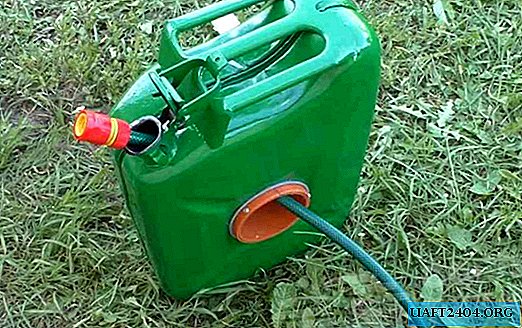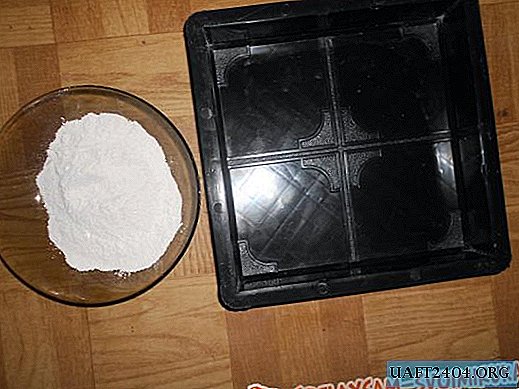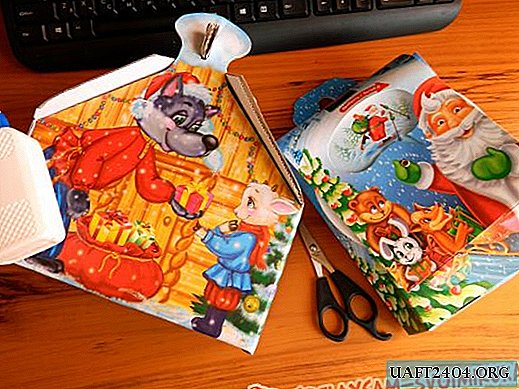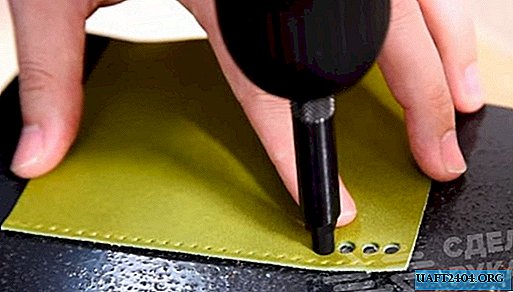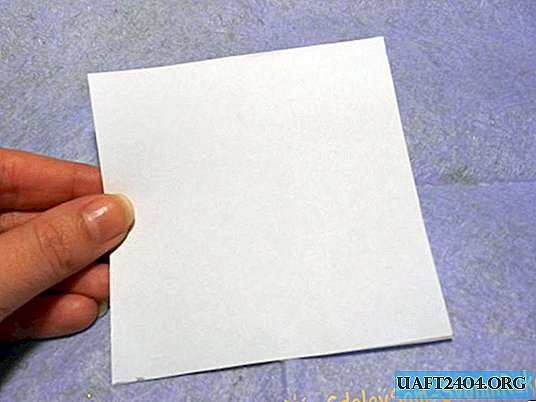Share
Pin
Tweet
Send
Share
Send
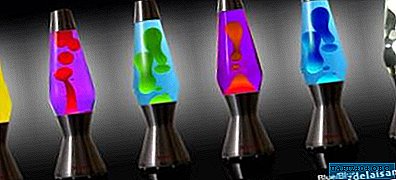
To make the lamp you will need: a glass cylindrical vessel with a well-fitting lid; base material (wood, metal, plastic); light bulb holder; bulb of 25 W; Castor oil; a dye that is soluble in fats and insoluble in water and alcohol (you can try oil art paints); alcohol (90-96 degrees).
The base can be of arbitrary shape and is made of any material. A glass vessel and a light bulb hidden under it are fixed at the base. several holes are drilled in the side walls to cool the structure. First, the liquid is stained with a greasy base. Pour it into a glass vessel where a mixture of water and alcohol has already been poured. A small space should be left at the top of the vessel, which will fill up when the fluid expands from heating. If the fatty fluid immediately pops up, you need to change the density of the water-based fluid by adding alcohol. Check if the lamp works by heating the bottom of the vessel. If necessary, add more alcohol or water (adding alcohol leads to a decrease, and water - to increase the density of the aqueous solution). When the lamp works satisfactorily, seal the lid tightly (on glue).
Now it remains to assemble all the parts, insert a glass vessel into the base and turn on the lava lamp.
Here is another recipe:
A lava lamp is a tall glass vessel in which a mysterious playful mixture of bright liquids and solid materials moves. There are lava lamps with sparkles as well. When the lamp is turned on, the mixture inside it heats up and the movement of these various particles occurs, which creates an indescribable effect of a bright surreal dance. A very beautiful thing.
You can try to make a lava lamp at home, but it is not a fact that it will be exactly the same in quality and beauty as it is made professionally. But the attempt is not torture.
Here's what you need to make a lava lamp
1. Glass cylindrical tall vessel
2. Water
3. Colored bright objects, preferably small and light
4. Vegetable oil
5. Student crystals. You can use salt or sugar.
6. Paraffin
7. Light bulb
Manufacturing process
Fill a glass jar halfway with water, add a little liquid paraffin and throw in a few multi-colored small objects
Add oil to the mixture and wait until the oils and water are completely separated.
Next, add a pinch of your chosen crystals.
Now put the vessel on the light bulb and watch. The effect is amazing.
Third Recipe:

The glow of this lamp is truly a magical sight. In her glass vessel, large, brightly colored bubbles form and move all the time, creating a play of light.
The principle underlying this "mysterious" phenomenon is uncomplicated. In a glass vessel there are two immiscible liquids - one on a water basis (with the addition of alcohol), the other on an oily one. At room temperature, the density of the oily liquid is slightly higher than that of the aqueous. The water-based liquid can not be painted or dyed slightly, the oil-based liquid is painted in a bright color. The glass vessel is mounted on the base, inside which there is an electric bulb illuminating the contents of the vessel through the transparent bottom. At the same time, the light bulb heats up liquids. An oil-based liquid located at the bottom of the vessel at room temperature expands when heated and rises up in large bubbles. At the surface, it cools and sinks down. This simple physical phenomenon creates a funny movement and play of light.
Similar lamps could be seen at VDNKh in the Electronics pavilion. They invariably aroused the interest of visitors. As you can see, the principle of operation of the lamp is simple, you can do it yourself.

What you need to stock up. To make the lamp you will need: a glass cylindrical vessel with a well-fitting lid; base material (wood, metal, plastic); light bulb holder; 25 W bulb; Castor oil; a dye soluble in fats and insoluble in water and alcohol (you can experiment with oil art paints); alcohol (90-96 degrees).
Making base. It can be of arbitrary shape and can be made of any material. A glass vessel and a light bulb hidden under it are fixed at the base. Several holes are drilled in the side walls for cooling.
Preparation of liquids. First, paint the fat-based liquid with the dye of the desired color. Pour it into a glass vessel where a mixture of water and alcohol has already been poured. A small space should be left at the top of the vessel, which will fill up when the fluid expands from heating. If the fatty fluid immediately pops up, change the density of the water-based fluid by adding alcohol. Test if the lamp works by heating the bottom of the vessel. If necessary, add more alcohol or water (adding alcohol leads to a decrease, and water - to increase the density of the aqueous solution). When the lamp works satisfactorily, cover the lid tightly (with glue).
Now it remains to assemble all the parts, insert a glass vessel into the base and finally turn on the “magic lamp”.
Have a good experiment!
Share
Pin
Tweet
Send
Share
Send

